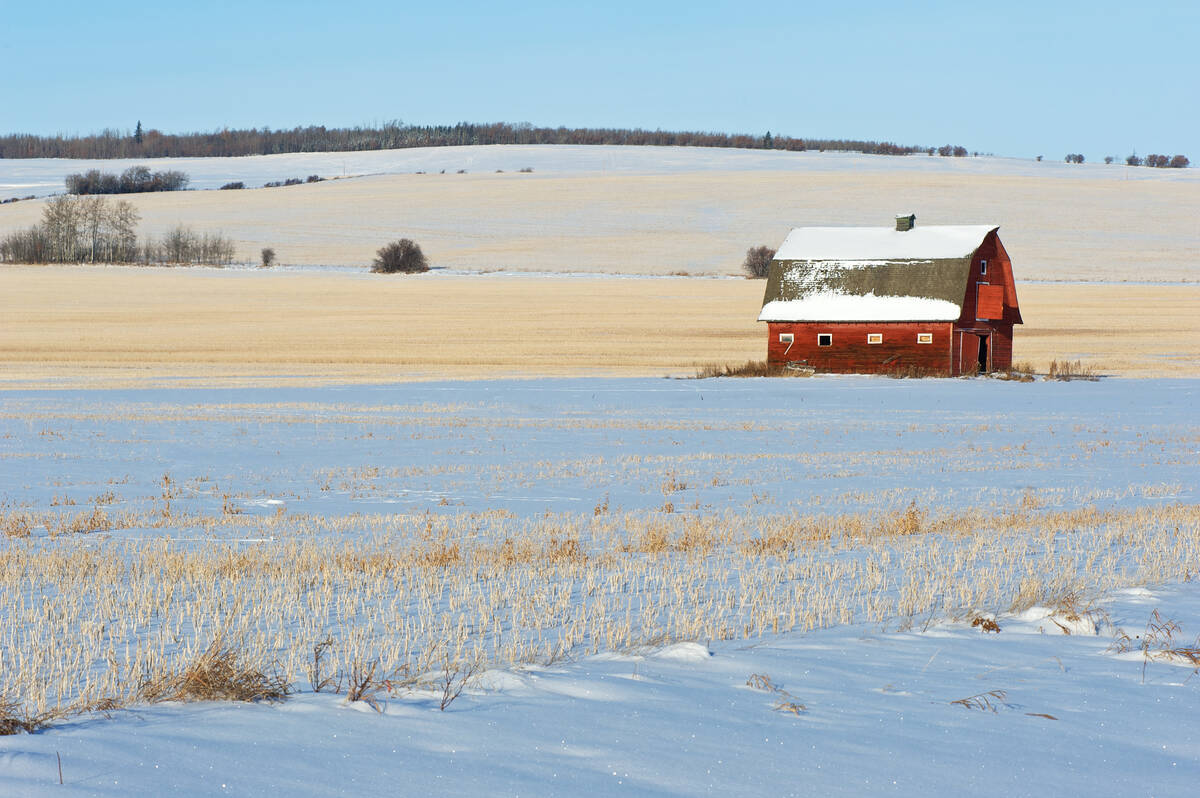Prairie wheat and canola crops are looking generally good despite being behind in development, but yields could still be impacted by disease and insect problems, crop specialists said.
“By and large, the canola crops look really good,” said Harry Brook, crop specialist with Alberta Agriculture and Rural Development at Stettler. “A concern for farmers is the bertha armyworm, especially in central, northeast and northwest Alberta. There have been quite a few high counts of them, so the potential is there for some damage. People need to be vigilant in keeping that crop yield up.”
Read Also

Prairie forecast: Plenty more chances for snow over Holidays
The pattern of Pacific storm system after Pacific storm system looks set to continue for a while longer. We begin this forecast period with a heavy snowfall warning in effect across parts of Alberta.
In Saskatchewan, bertha armyworms are also a concern now that canola crops have begun podding.
“This summer we’ve had quite a few high-number adult moth counts, so there are a few hot spots, particularly in southeast and east-central Saskatchewan,” said Daphne Cruise, regional crop specialist in Moose Jaw with the Saskatchewan ag ministry. “We’re encouraging producers to watch for them as they start to scout crops to see if they’re ready to swath.”
Cool, wet weather in Manitoba in recent weeks has slowed canola crop maturation, but unlike the rest of the Prairies, the risk of bertha is not as high.
According to Manitoba Agriculture, Food, and Rural Initiatives’ (MAFRI) weekly crop report released Monday, canola crops have seen limited bertha armyworm activity as traps were seeing numbers in the low- to uncertain-risk range.
Looking at the Prairie wheat crop, the disease and pest concerns are much different from province-to-province.
“There’s septoria spot blotch on leafs in Alberta,” Brook said. “I’m seeing quite a lot of leaf disease out in the cereals. It’s just that kind of year. It will hurt production somewhat, but I don’t think it’ll be really significant.”
MAFRI’s crop report on Monday said wheat in Manitoba’s southwest has seen fusarium head blight at low to moderate levels. However, the report said grasshoppers in the east and central areas of the province have been major pests for crops.
There are isolated fusarium and grasshopper problems in Saskatchewan as well, Cruise said, but nothing out of the ordinary for the typical growing season.
“There were a few hot spots of grasshoppers on the wheat crop and more so in the drier areas on the west side of the province,” she said. “For the most part, that threat has gone away. Fusarium is the same as the past year, and I think because we didn’t get much warmth in July, it wasn’t as bad as it could have been.”
— Brandon Logan writes for Commodity News Service Canada, a Winnipeg company specializing in grain and commodity market reporting.














